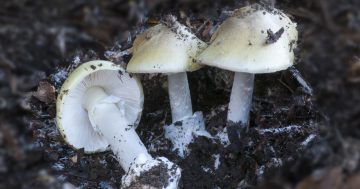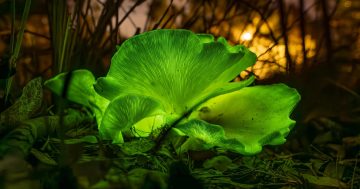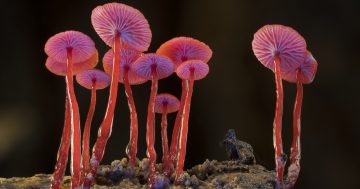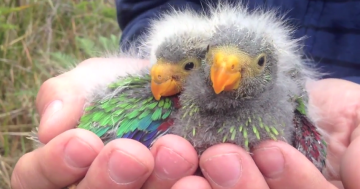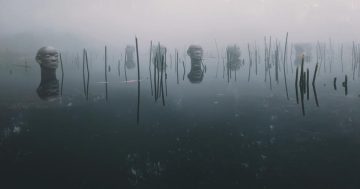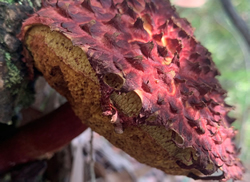 Experts at the Royal Botanic Garden in Sydney’s Australian Institute of Botanical Science have warned people across NSW to keep their distance from the recent explosion of colourful and interesting mushrooms.
Experts at the Royal Botanic Garden in Sydney’s Australian Institute of Botanical Science have warned people across NSW to keep their distance from the recent explosion of colourful and interesting mushrooms.
Chief Scientist at the Institute, Brett Summerell cautioned people foraging for fungi to look at them, but not to touch them..
“Mushroom hunters have become the latest craze to sweep social media, going viral for their tips on how to find species that are edible and cook them up at home,” Dr Summerell said.
“But with many of the videos from overseas and Australia’s mushrooms still not that well understood, people are being advised that even if the species look similar, they could do serious damage,” he said.
“Calls to the NSW Poisons Information Centre have increased this year, as well as hospital admissions, because of people eating wild mushrooms.”
Dr Summerell said the general rule was to simply take a photo of an interesting mushroom, unless the fungi enthusiast was with an expert.
He said there were a few species in Australia that were toxic and caused diseases, “and can do anything from kill you to give you a bad case of gastro.”
“Seriously, if people are out there it is best not to pick them and eat them because we’ve had some serious issues from people doing that,” the Chief Scientist said.
“Our species are not well understood, we still have a lot of work to do on the taxonomy and understanding the different species so it’s critically important you don’t pick them and eat them just because you think they look like the ones on Instagram.”
Dr Summerell said oyster mushrooms and field mushrooms looked like the ones in the stores but they might be ghost mushrooms (Omphalatus nidiformis) or yellow stainers (Agaricus xanthodermus) which often gave people a nasty case of gastro.
“The Death Cap mushrooms (Amanita phalloides) you see in Canberra, Adelaide and Melbourne around oak trees, they can cause liver failure and even kill people,” he said.
“And the related fly agaric (Amanita muscaria), with its very attractive red and white cap, are also toxic and very common at the moment.”


